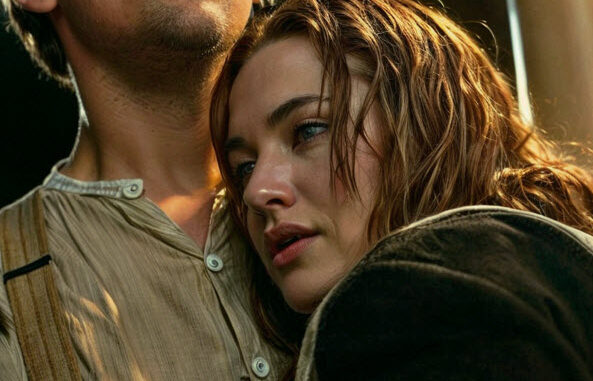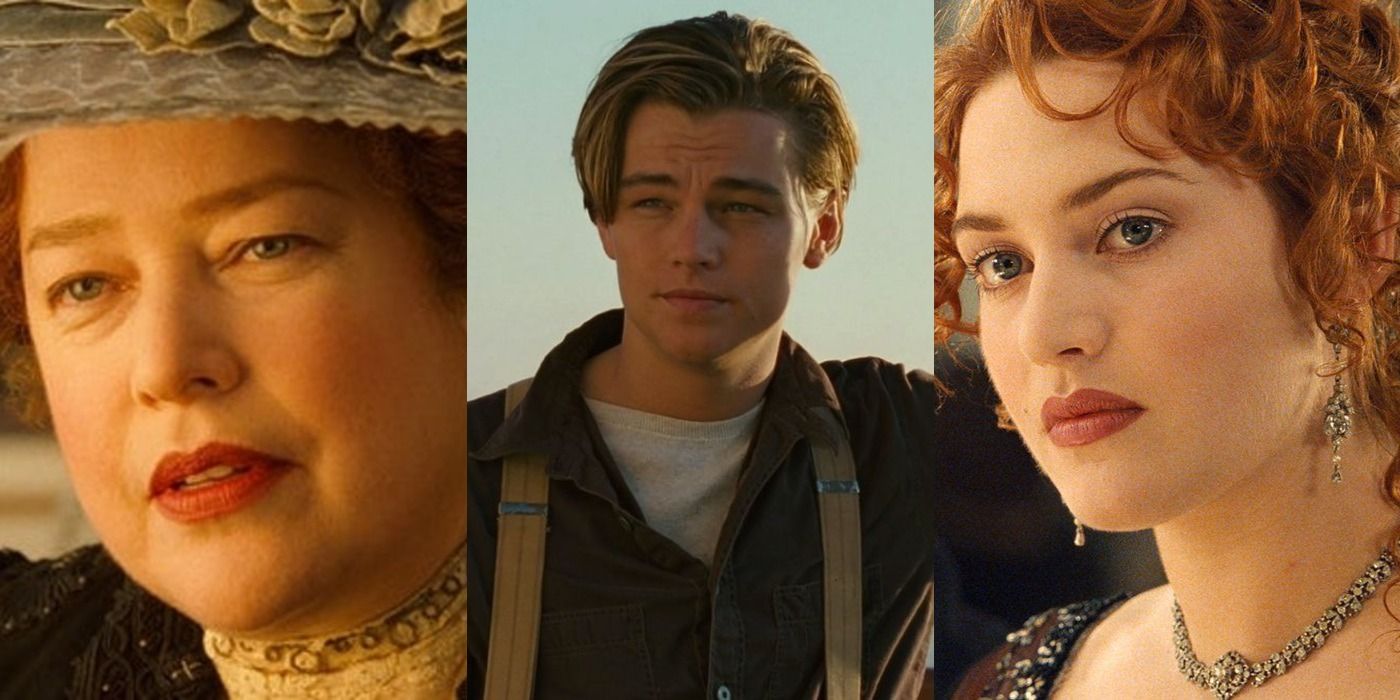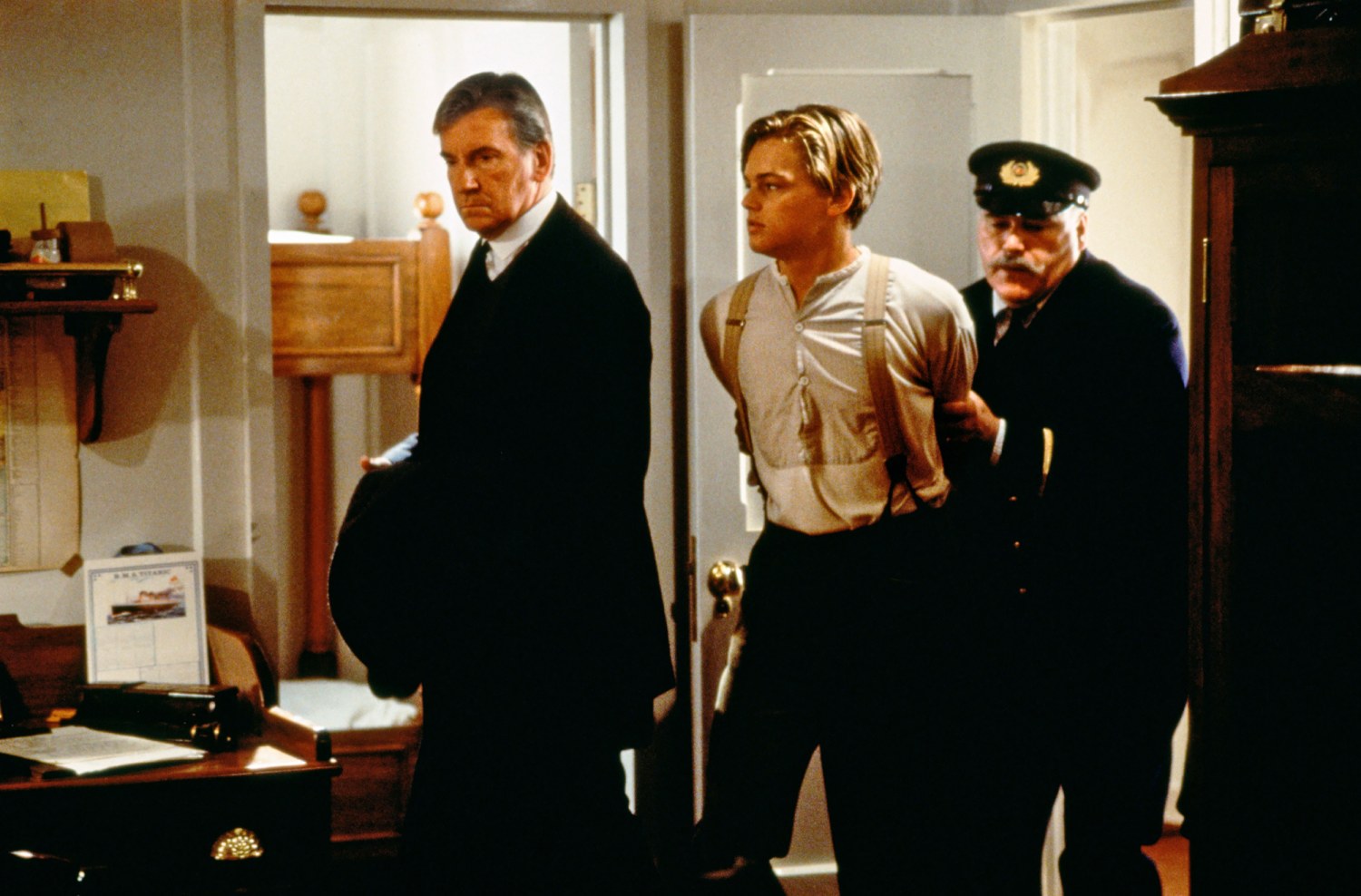
In 1997, Hollywood was soaking in the tides that Titanic made in cinema. The groundbreaking success of the movie was thanks to its touching love story around the renowned luxurious ship that sailed its maiden voyage and sank in April 1912. More than a century later, director James Cameron, the actors, and the movie still echo in our memories because of the interesting production techniques of making the movie. Let’s look behind the scenes and see how Cameron filmed the movie.
Building the Ship
The largest set of the movie was constructed in Fox Studios, Baja, Mexico. The set was built for the 775-ft long replica of the Titanic ship. For the crew to use the ship in different ways when filming, it was able to tilt and sink on command. The location was also set to be close to the Pacific Ocean to boost the realism of the shots. But not every shot was done on the large set; several miniature ships were constructed to film the sinking ship scenes. For the studio to build the replica ship inside a gigantic water tank, they spent $40 million.

Filming the Scenes
The creation of James Cameron’s movie prop Titanic required the skills of thousands of experienced artists, technicians, designers, producers, and writers. Cameron and his team required extensive pre-visualization before filming. For example, the team needed detailed storyboards and videomatics to ensure proper planning of the shots to avoid making mistakes on set.
Constructing the ship was just the beginning. The team also had to improvise on how to film and light the set because all the normal lighting and photography tools from Hollywood were not practical. So, Cameron and film editors Richard A. Harris and Conrad Buff needed to be on the same page before filming. The team decided to place a big construction crane on a mobile transporter to cover filming the full length of the set. The crane moved like a massive dolly on railway tracks, with a platform hanging on the crane that could be lowered or raised as desired.

Cameron placed a Wes camera on the platform to take sweeping shots of the ship’s exterior. Other types of cameras used for the film included the Arri 35 III, Panaflex Gold II, and Panaflex Platinum. Titanic was also one of the first movies to use motion capture technology for complicated stunt work and additional extras. CGI also made it possible for stunts to look more believable. The end product was a mix of CGI people and real people performing the stunts. The production team managed to switch up CGI and real shots so quickly that the audience was not able to differentiate between green screenshots with live-action. We couldn’t even tell if the movie was filmed outdoors or indoors, and that was in 1997.
The boiler room scene is a perfect example where the team used completely nonfunctional rubber boilers, which were replicated using CGI to present endless rows of the boilers that were breathing fire. To achieve such realism, Cameron planned every shot meticulously to avoid experimenting on-site, allowing the film editors to cut immensely. The filming of the sinking took the same time as the actual sinking of the real ship, two hours and forty minutes. Even the collision with the iceberg was recreated with precision, taking only 37 seconds.
Apart from filming in Baja studios, a good portion of the movie was also filmed in Los Angeles County, at the Belmont Olympic pool where most of the water scenes were shot. The sinking part of the ship was partly filmed at S.S. Lane Victory.
Sinking the ship
The replica ship was built and split into sections to enable filming of the sinking scenes. The front 180-ft part of the ship could drop for about six degrees, and the rear part that included the stern was detached to enable full 180 degrees of tilting. To sell the illusion of a sinking ship, the crew had to compensate for the degree of tilt by using a few tricks. For instance, they paired the Dutch angle shot with a water line that was composited to make the ship appear like it was tilting even more. Some stunt performers also helped sell the illusion by wearing costumes fitted with rollers to enable them to slide on the floor. This is just a snippet of the complex and expensive stunt work done on the Titanic.

When filming the sinking ship, Cameron populated the deck of the ship with hundreds of stunt players and extras who were safely fastened to the railings. And to avoid injuries on the set, the majority of the set was built using rubber. There is a scene in the movie where the stern is coming down to crush those who were swimming below it. This scene was shot using a 1/8 miniature part of the stern section at 60-72 frames per second.
